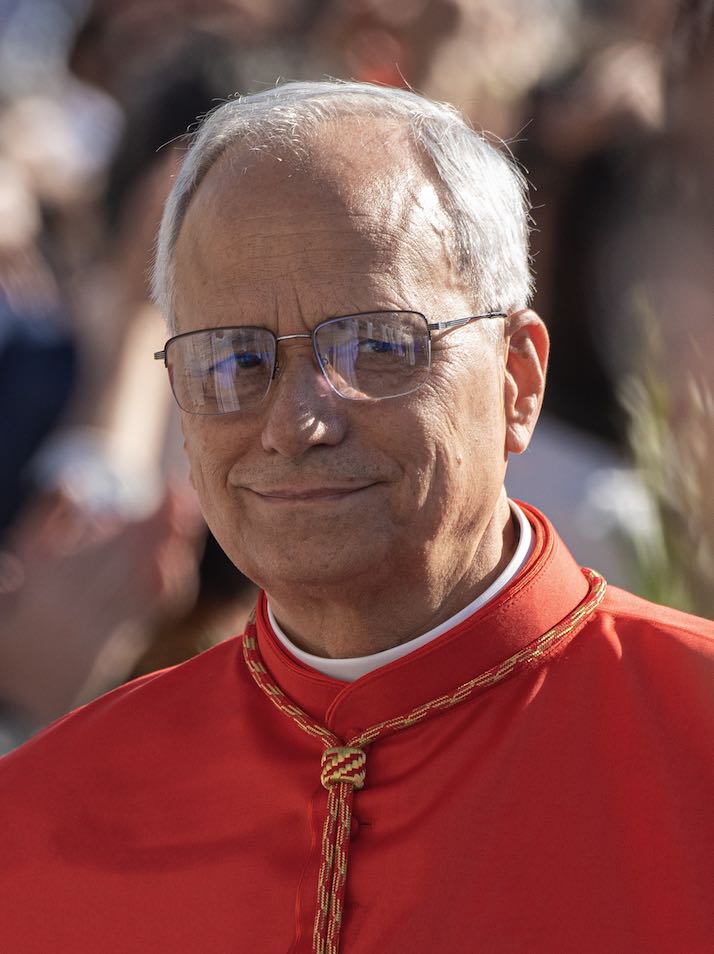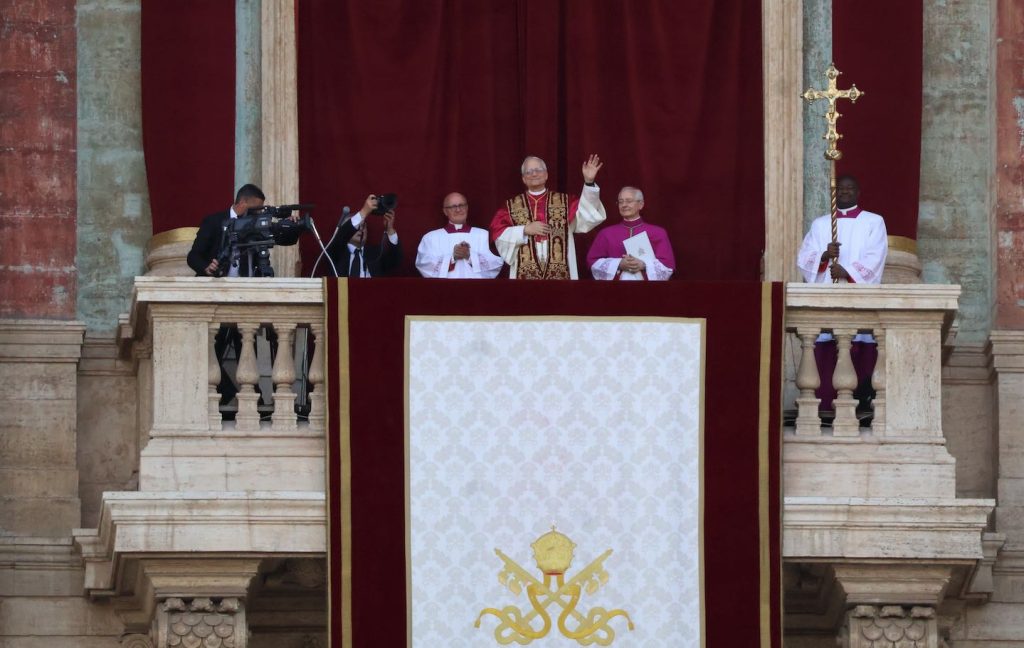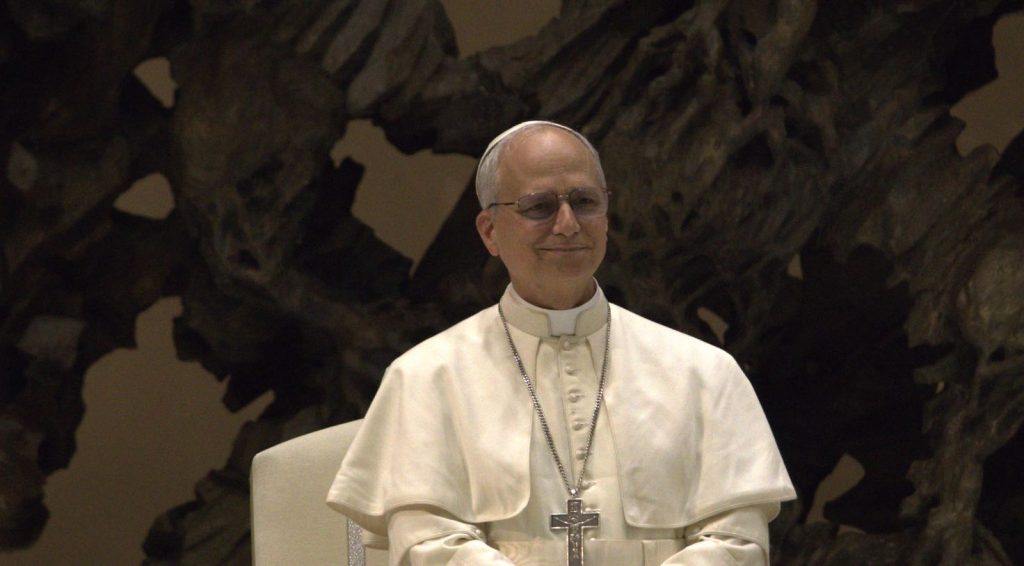When Pope Leo XVI emerged onto the balcony for the first time as the new head of the Catholic Church, viewers around the world watched with reverence. But for many familiar with Louisiana, La., U.S.A. Creole heritage, the moment carried an unexpected ripple of recognition.
Soon after, news broke that the pontiff’s maternal lineage traced back to New Orleans Creole ancestry — a detail that was possibly known in some quiet circles and now globally confirmed.

HIDDEN HERITAGE
This revelation stirred conversations not just about genealogy, but about the legacy of hidden heritage and cultural fluidity. For communities shaped by colonization, migration and the complexities of classification, Pope Leo’s ancestral background was not a surprise. Rather, it was a reflection of a long-standing reality: identity often survives beneath the surface until the world is ready to see it.
Louisiana genealogist Alex Da’Paul Lee, who helped uncover Pope Leo’s maternal ancestry, wasn’t searching for a headline — he was following a hunch.
“I kept seeing gaps in the story,” he explains. “And as someone rooted in Louisiana history, I recognized the patterns, the silences, the shifting surnames, the hidden legacies.”
Lee’s instincts proved right. What he found was not only a family tree, but a reflection of a broader cultural truth: that many of us carry identities shaped by both love and loss, visibility and erasure — and that naming them is itself an act of reclamation.
The Pope’s lineage, as confirmed by genealogical researchers, places him within the historic context of New Orleans Creole society, a rich cultural tradition defined by French, Spanish, African and Caribbean influences. These communities often lived in the liminal space between imposed categories, navigating a world where survival sometimes meant cultural adaptation and concealment.
STRATEGIC INVISIBILITY
In the U.S. South, as in the Caribbean, strategic invisibility was a form of protection.
That context connects directly to the stories of countless families in South Louisiana, and even more broadly across Haiti, Cuba, the Dominican Republic and other parts of the Latin-based Caribbean. These regions share a deeply entangled history shaped by colonial powers, the Catholic Church and centuries of migration and cultural exchange. It was not uncommon for families to flow back and forth across these lands, carrying with them faith traditions, language, music and the fluid markers of identity.
In such environments, cultural identity was rarely fixed. It was layered, nuanced and often hidden. Publicly, some families chose or were forced to present differently, navigating imposed identities, including passing as white when necessary for survival. Sometimes this was an act of permanency, and others done strategically by day in workplaces or while securing property and credit, only to return to their community identity at night.

These dual lives were shaped not by shame, but by necessity.
Banks, for example, often used addresses to infer heritage, even when appearances did not reveal it. These stories of temporary and permanent passing were often carried in silence and sometimes, in sorrow. Like many families shaped by racial classification and cultural adaptation, silence was a form of survival.
Pope Leo’s brother recalls that their mother rarely spoke about her roots in New Orleans, a pattern mirrored in many Creole households, where heritage was tucked away not to be denied, but to be protected.
Author Bliss Broyard, in her book “One Drop: My Father’s Hidden Life — A Story of Race and Family Secrets,” recounts a similar revelation.
Her father, the esteemed literary critic Anatole Broyard, passed as white for much of his life, severing ties with his Black and Creole heritage in New Orleans. In reflecting on this loss, Broyard writes not only about erasure but about what it means to reclaim.

“These aren’t just scraps of bureaucratic record. They are testaments of identity — of presence. Every time a name was written down or crossed out, every time a racial classification changed on paper, it represented a negotiation. Sometimes an act of love. Sometimes resistance. Sometimes both,” writes Alex Lee.
Continuing to reflect, Lee adds that genealogical discoveries often carry an emotional weight, especially when names reappear after generations of silence.
“For many families, uncovering a hidden ancestor isn’t just data, it’s dignity. It brings language to legacies that had no name,” he adds.
Lee further ponders about what cultural restoration might offer to those who have long felt split between who they are and who the world allowed them to be.
This is the heart of what Pope Leo’s lineage unearths — not scandal, but story. Not controversy, but connection. In an era often marked by polarization and rigid categorization, it offers a rare invitation: to view identity not as a dividing line, but as a living bridge. The story doesn’t disrupt, it reveals. And in that revelation, there is opportunity.
For many families, uncovering a hidden ancestor isn’t just data, it’s dignity. It brings language to legacies that had no name.
For one cultural commentator with Louisiana Creole roots, the Pope’s appearance sparked an immediate sense of familiarity.
“Something in him reminded me of my mother’s family,” she shares. She was not alone. Others in genealogical and cultural communities voiced similar sentiments surrounding gestures of recognition, not from documentation, but from memory, intuition, and legacy. Even when cultural roots weren’t named aloud, they lived on in quiet, faithful acts — like preparing meals for local priests, a gesture Pope Leo’s brother remembers from their childhood.
CULTURAL FLUIDITY
“Cultural fluidity,” once seen as a liability “is increasingly recognized as a superpower,” says Culturs founder and CEO, Elleyne Aldine, the person who originally coined the term to describe the lived experience of navigating multiple cultural frameworks.
For years, those who moved fluidly between cultural spaces, like Third Culture Kids (TCKs), immigrants, diplomats and global nomads were misunderstood. Their adaptability was mistaken for inauthenticity. Their ability to shift languages, norms or behaviors was sometimes met with suspicion rather than admiration.
Yet that very agility, the capacity to bridge worlds, has become one of the most vital leadership traits of our time.
As genealogist Alex Lee notes, “Adaptability and blended heritage aren’t things to hide; they’re things to recognize, honor and learn from.”

In recent reflections, Aldine has observed how this dynamic, adaptive nature enables those who embody it to lead, connect and rise, not in spite of their complexity, but because of it. A perspective that not only resonates with this moment but may help explain how individuals like Pope Leo rise, not despite their lineage, but because of the insight it brings.
“To rise from a lineage that once had to be hidden is not only symbolic, it is sacred,” as Lee reminds us. “This isn’t just about one man’s ancestry. It’s about recognizing the complexity in all of our histories.”
Pope Leo XVI’s path to the papacy, intentional or not, is part of that unfolding sacred story. Lee adds that the Pope’s visibility opens the door to conversations that have long been whispered: about families separated by fear, about identities silenced for survival and about the dignity of naming who we are and where we come from.
Cultural reclamation, especially among Creole and other multicultural communities, is not just about celebrating roots. It is about healing. It is about restoration. And sometimes, when the world is watching, it is about rising.
This isn’t just about one man’s ancestry. It’s about recognizing the complexity in all of our histories.
In the quiet spaces between past and present, the stories that were once hidden in plain sight begin to bloom. Not for validation, but for truth. Not for headlines, but for wholeness. The ancestry of Pope Leo isn’t a surprise — it’s a reflection, a mirror held up to how families adapt, protect and in time, reclaim.
For those carrying lineages long kept quiet, the Pope’s ascent is more than a moment, it’s a mirror. It invites us to consider how stories once silenced may find their voice again, not in protest, but in presence.

















